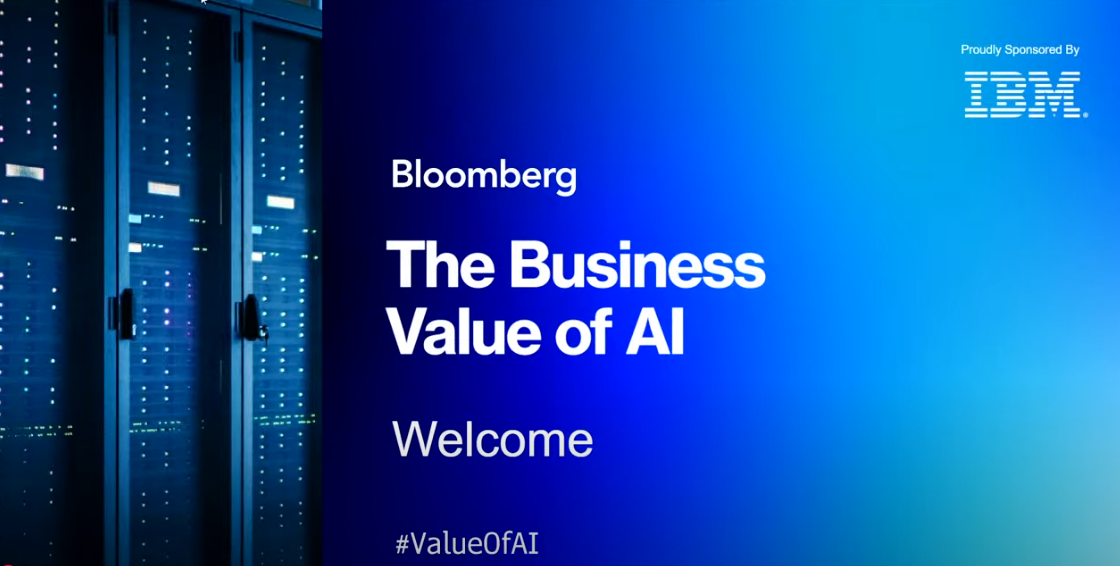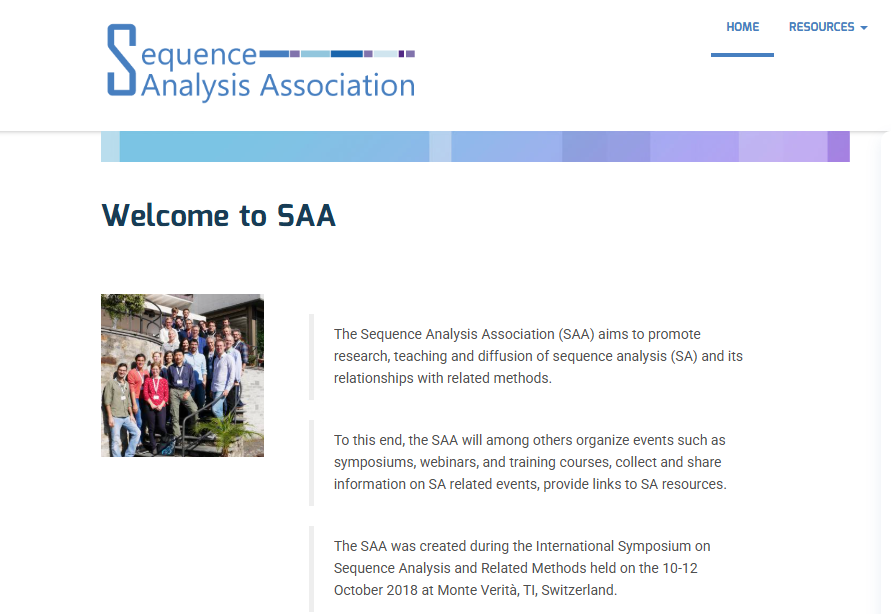The Business Value of AI: An In-Depth Exploration
Artificial intelligence (AI) is revolutionizing business processes, enabling organizations to analyze data more efficiently, make smarter decisions, and enhance productivity. Its transformative potential spans industries, reshaping customer experiences, operational efficiencies, and workforce strategies. This article delves deeply into how companies are leveraging AI, drawing from real-world case studies and expert insights shared during a recent panel discussion on AI’s business value.
AI Deployment Strategies and Business Transformation
IBM’s Journey with AI: Driving Transformation through Hybrid Cloud and Generative AI
IBM has undergone a remarkable transformation under the leadership of CEO Arvind Krishna, pivoting to hybrid cloud and AI technologies to reverse revenue declines. Over three years, IBM saved $3 billion through strategic AI deployment in HR, procurement, finance, and sales processes.
- HR Automation: IBM integrated generative AI into its HR operations. For example, their call center team in the Philippines was reduced from 600 to 70 employees, with AI handling tasks like answering employee inquiries. Their chatbot interface, built atop Workday, manages 9 million inquiries annually, improving the employee experience and raising the HR Net Promoter Score (NPS).
- Procurement Optimization: IBM uses AI-driven tools to streamline vendor selection and procurement processes, ensuring cost savings and supplier reliability. This approach emphasizes the financial gains achievable through operational automation.
Procter & Gamble’s (P&G) Platform-First Strategy
P&G employs a platform-oriented approach to solve business problems, ensuring technology serves consumer needs rather than technology dictating solutions. By leveraging data, AI, and robotic process automation (RPA), P&G builds customized composite solutions across its diverse product categories.
- Operational Efficiency: Monthly financial closings have been streamlined using predictive analytics, while RPA automates repetitive tasks.
- Empowering Sales Teams: P&G equips its salesforce with AI-powered mobile tools, providing store-specific analytics and opportunity forecasts. This enables sales representatives to tailor their pitches, improving effectiveness.
- Employee Upskilling: Recognizing that technology adoption is only as effective as the people using it, P&G focuses on increasing digital literacy across its workforce. For instance, they integrate technology training into their onboarding and upskilling programs.
Optimizing Customer Service through AI
Bank of America: The High-Tech, High-Touch Model
Bank of America demonstrates a 99% high-tech transaction model, supported by AI tools like Erica, its virtual assistant. Erica has processed over 2 billion transactions, helping customers track spending, set budgets, and receive personalized financial advice.
- Example Use Case: A small business owner using Erica can get predictive insights on cash flow and suggestions for managing upcoming expenses, enabling more informed financial decisions.
Kroger: Predictive and Prescriptive Analytics for Retail
Kroger’s AI initiatives transition from descriptive analytics to predictive and prescriptive insights:
- In-Store Optimization: AI systems prioritize tasks like shelf restocking based on real-time sales data and customer foot traffic.
- Personalized Recommendations: By delivering 2 trillion personalized customer recommendations annually, Kroger boosts both in-store and digital sales, as customers receive product suggestions tailored to their shopping habits.
American Express: Enhanced Customer Support
American Express integrates AI and generative AI to refine customer interactions:
- Travel Itineraries: Generative AI enables the creation of customized travel plans in seconds, enhancing customer satisfaction.
- Support Efficiency: AI tools summarize past customer interactions, empowering service agents to provide contextualized support without requiring repeated information.
Key Insights and Challenges in AI Adoption
Data as a Strategic Asset
Clean, well-structured data is foundational for successful AI implementations. Practical examples include:
- Dun & Bradstreet’s “Ask Procurement” Tool: This natural language processing solution integrates internal and third-party data to assist procurement teams in evaluating suppliers. It delivers a 10–20% ROI in productivity.
Business-Led Projects
AI projects must align with specific business problems to maximize ROI. For example:
- PepsiCo uses AI-driven pest control in potato farming, directly addressing agricultural inefficiencies. Targeted water management through AI also reduces costs while improving sustainability.
Cost Management
Efficient AI deployment requires attention to cost-effectiveness:
- Verizon manages high operating costs of large language models by optimizing their AI to route customer calls efficiently, resulting in improved customer satisfaction and reduced agent workload.
The Human-in-the-Loop Approach
AI excels at pattern recognition but lacks reasoning. Businesses must integrate human oversight to ensure ethical and accurate outcomes.
- Example: In healthcare, human oversight in AI diagnostics ensures accurate treatment recommendations, reducing false positives or negatives.
Continuous Optimization and Governance
AI projects require continuous iteration and robust governance frameworks:
- Risk Mitigation: Regular algorithm audits ensure bias-free decision-making and adherence to ethical standards.
Future Trends in AI
- Agentic AI: The orchestration of microservices across AI, RPA, and analytics is paving the way for end-to-end automation. For instance, e-commerce platforms might soon use AI agents to autonomously manage inventory, pricing, and customer queries.
- Autonomous Agents: Companies like Tesla are exploring fully autonomous vehicles, representing the future of human-independent AI operations.
- Verticalization of AI Models: Tailoring AI solutions for industry-specific challenges will create greater value. Examples include AI in precision farming, supply chain logistics, and personalized healthcare plans.
Conclusion
The business value of AI lies in its ability to drive efficiency, reduce costs, and enhance customer experiences. Companies like IBM, P&G, and Kroger illustrate the transformative potential of AI when paired with strong data governance, ethical practices, and workforce readiness. As AI technology evolves, organizations that prioritize continuous learning, practical applications, and adaptive strategies will remain at the forefront of innovation.










Leave a Reply